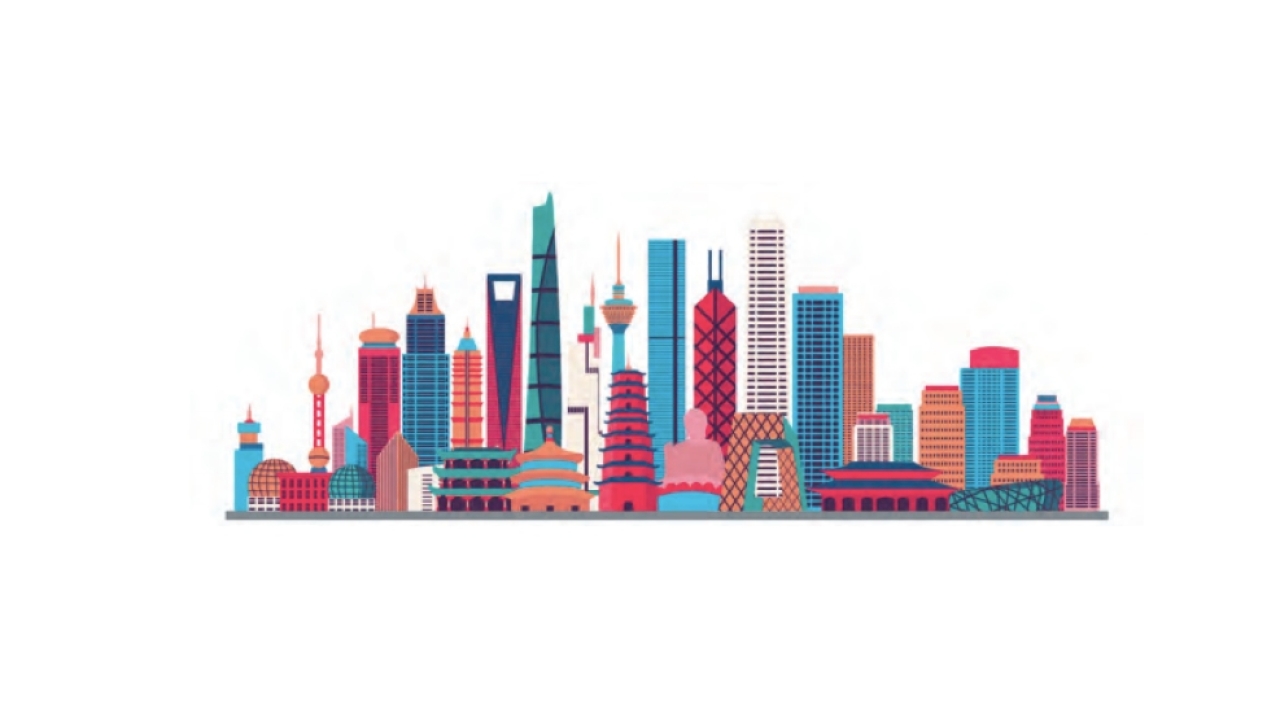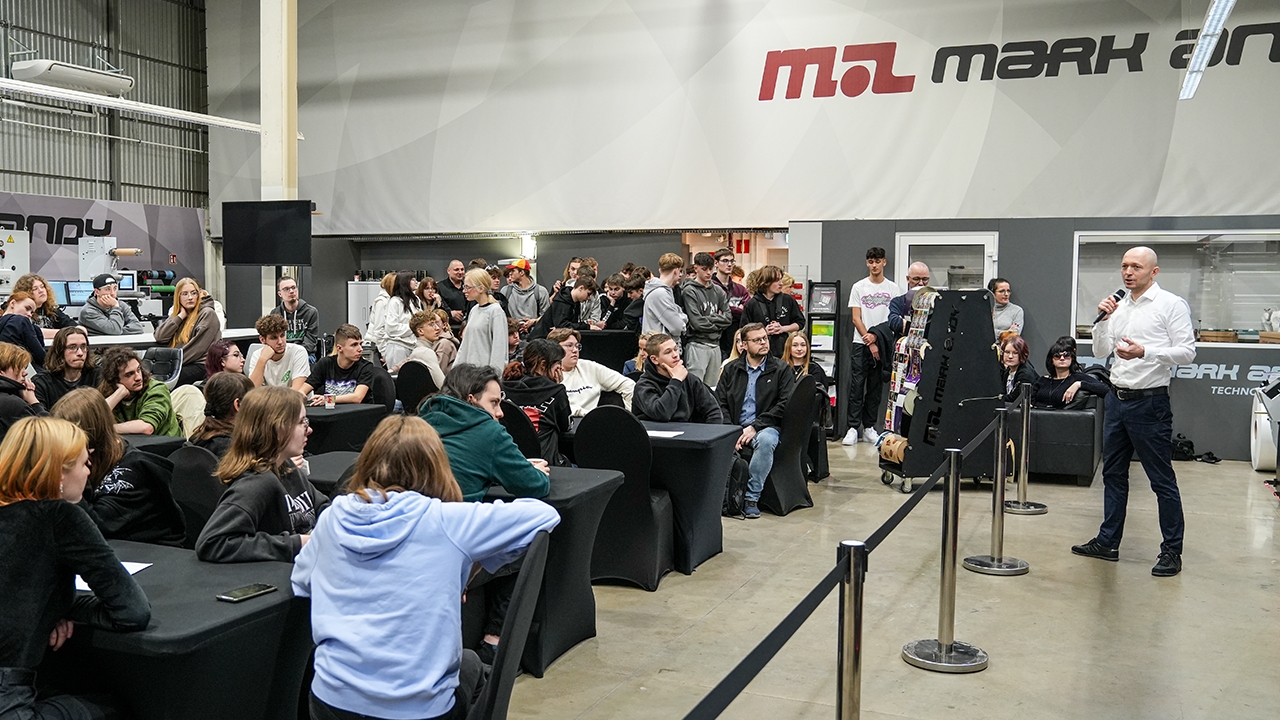2020 in review: China

The most encouraging statistic is that China’s economic recovery is accelerating. In the first quarter of 2020 when the country was felled by the first outbreak of the Covid-19 pandemic, GDP fell by 6.8 percent year-on-year, then grew by 3.2 percent in the second quarter. In the third quarter 2020 as China fully emerged from the lockdown, the economy grew by 4.9 percent.
This curve was reflected in China’s printing equipment exports over this same period. According to the China Customs Service, from January to September China’s printing equipment export volume was 1.478bn USD, down 16.6 percent year-on-year. By Q3, however, there were already signs of a strong recovery in some segments, with exports of packaging and printing products rising by 1.2 percent. Similarly, Q3 saw imports of flexo presses – mostly CI flexo machines – rise by 56.8 per cent.
Interestingly, in the narrow web segment Chinese press manufacturers actually saw an increase in business over the whole period of the pandemic, lockdown and recovery. Weigang, for example, saw sales grow by an impressive 12.7 percent from January to September 2020, including both intermittent offset and full rotary in-line flexo presses.
Trends
These trends were confirmed at a series of events organized in China’s industrial powerhouse of Guangzhou by the Labelexpo South China 2020 team in conjunction with industry partner and Chinese association PEIAC.
Zhang Yuzhong, executive vice president of the Label Printing Branch of PEIAC and president of Meikei Intelligent Printing Co, said: ‘The very fact that the Tarsus Group is choosing to hold Labelexpo South China in Shenzhen is of great significance. Covid-19 has accelerated the transformation and upgrading of industrial structure, business models and business structure.’
Zhang Yuzhong confirmed that the most important direct result of the Covid-19 pandemic on the Chinese label industry has been a concerted drive to increase automation, with the object of both reducing direct operator intervention on the press and to replace – or complement – operator skills by increasing use of machine learning and intelligence.
During the early days of the pandemic lockdown, workers were forced to leave their factory dormitories and return to their family homes in the countryside, leading to critical shortages of skilled press and pre-press technicians. Even after the first lockdown ended, transport networks were so disrupted that it was often weeks before key workers were able to return to work.
A typical example of the new thinking this situation brought about was from Li Haiyin, general manager of leading commercial and package printing converter Yulong Printing. Like many Chinese converters Yulong was able to substitute lost label work with products such as hand sanitizer and disinfectants, meaning that Yulong Printing’s business volume in the first half of 2020 was almost the same as in the same period of 2019.
Nonetheless, the sudden outbreak of the pandemic and its aftermath had a profound impact on Li’s thinking. ‘I realized that in the future our company must grow towards digitization of production with higher automation and less human intervention.’ As a practical response, Yulong Printing has brought forward plans to invest in hybrid press systems combining both digital and conventional technology, as well as investigating digital die-cutting.
Labelexpo South China also reflected these changes by introducing a Printing Industry 4.0 zone focusing on automation, machine intelligence and digital transformation, while the Label Printing Branch of PEIAC themed its annual meeting held at the show around ‘Smart label, smart printing’. The summit focused on the practical steps converters can take to move towards automated label production and intelligent label print management.
Kevin Liu, event director for Labelexpo South China 2020, confirms these trends: ‘Affected by Covid-19 this year, we obviously feel that the process of digitization and intelligent automation of label enterprises has been accelerated. There are two main aspects to this: first, more enterprises have installed digital presses, or are putting digital printing on the agenda. Second, we are finding that medium and large-sized label printing factories in China are paying attention to the construction of intelligent factories, upgrading through the construction of ERP/MIS systems. This was the theme of Labelexpo South China’s Printing Industry 4.0 zone, where we fully demonstrated the automatic production process of a label in combination with the concept of the intelligent plant.’
Stay up to date
Subscribe to the free Label News newsletter and receive the latest content every week. We'll never share your email address.


